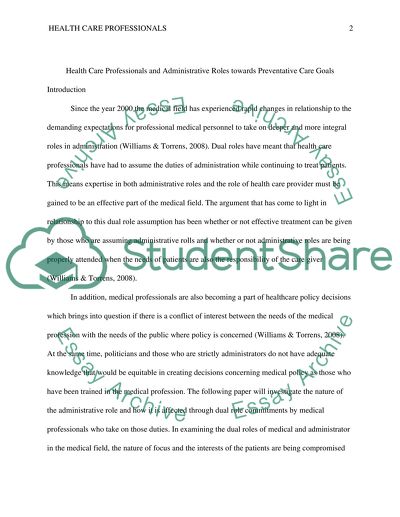Cite this document
(“Health care professional Research Paper Example | Topics and Well Written Essays - 2000 words”, n.d.)
Health care professional Research Paper Example | Topics and Well Written Essays - 2000 words. Retrieved from https://studentshare.org/health-sciences-medicine/1468588-health-care-professional
Health care professional Research Paper Example | Topics and Well Written Essays - 2000 words. Retrieved from https://studentshare.org/health-sciences-medicine/1468588-health-care-professional
(Health Care Professional Research Paper Example | Topics and Well Written Essays - 2000 Words)
Health Care Professional Research Paper Example | Topics and Well Written Essays - 2000 Words. https://studentshare.org/health-sciences-medicine/1468588-health-care-professional.
Health Care Professional Research Paper Example | Topics and Well Written Essays - 2000 Words. https://studentshare.org/health-sciences-medicine/1468588-health-care-professional.
“Health Care Professional Research Paper Example | Topics and Well Written Essays - 2000 Words”, n.d. https://studentshare.org/health-sciences-medicine/1468588-health-care-professional.


